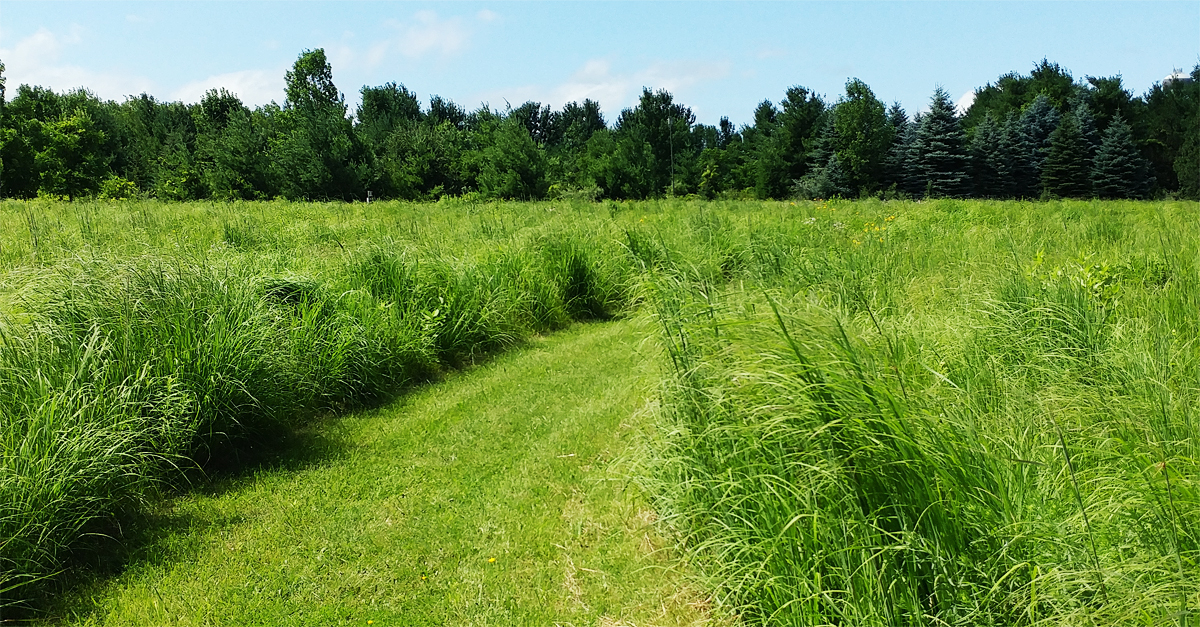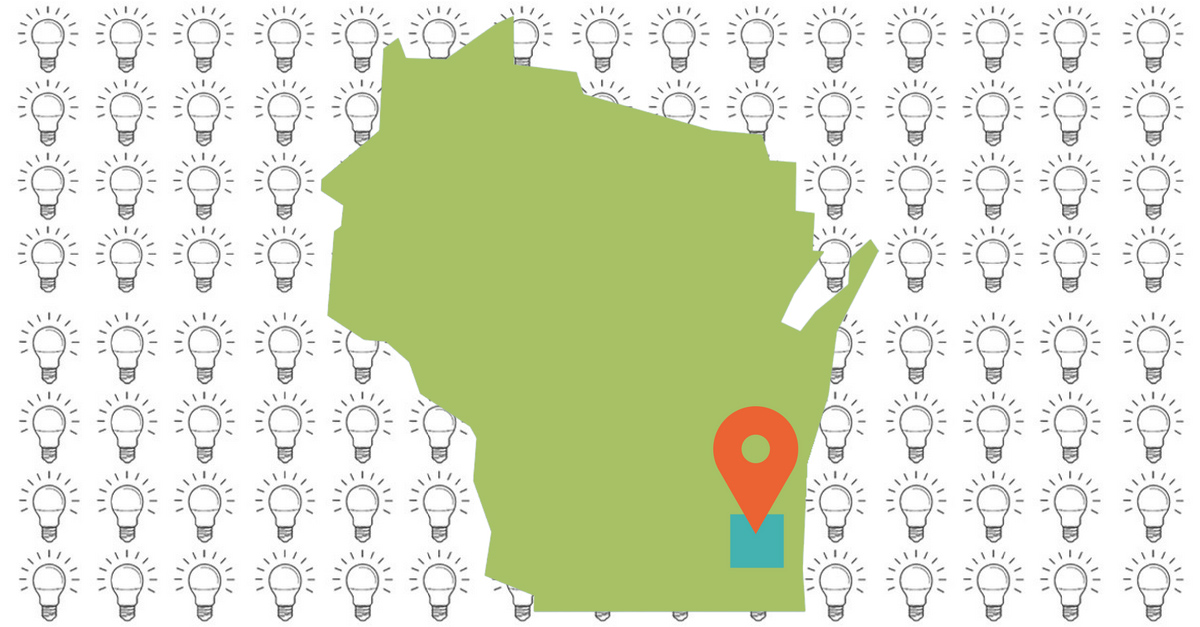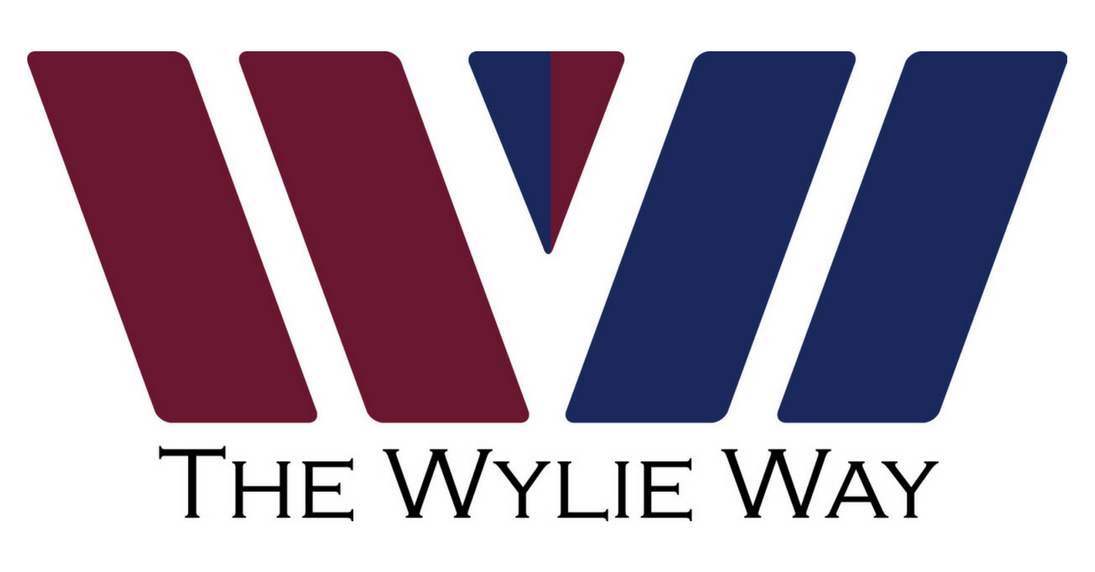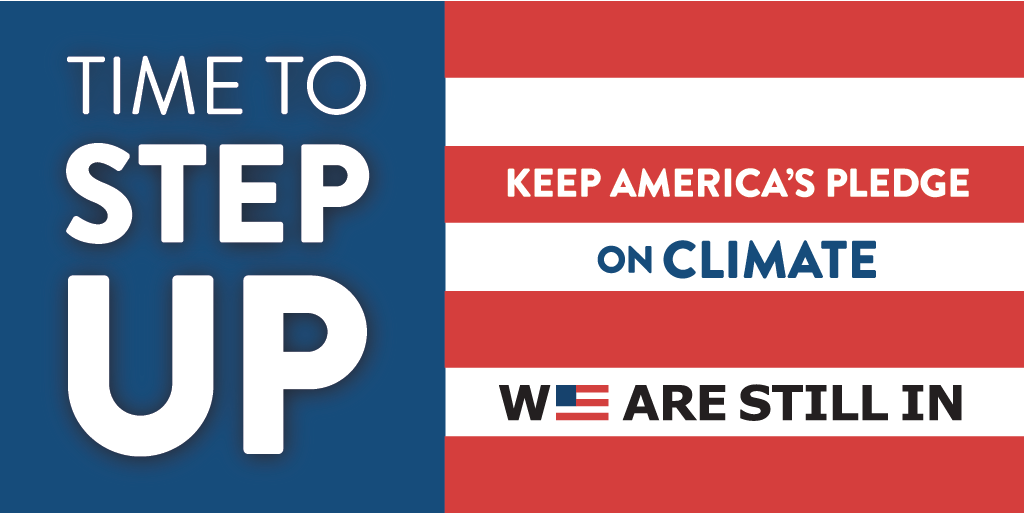Uncategorized
More Cool Choices with Wylie Independent School District
We are delighted to announce that we are running a second Cool Choices sustainability engagement program with the Wylie Independent School District in Wylie, Texas!
We Are Still In and We’re Feeling Hopeful
As part of the Global Climate Action Summit, Cool Choices staff attended a We Are Still In (WASI) Forum at the California Academy of Sciences. The Global Action Climate Summit was a weeklong series of events to take climate action to the next level.
Make Participation Fun to Bring Climate Change Efforts to Scale
Climate change is a major challenge. But here at Cool Choices, we know we need everyone to be a part of the solution– so we need to make sustainability fun.
Sustainable Communities: Accelerating Sustainable Practices Across Your Community
Communities across the world are committing to sustainable practices. Here in the US, cities large and small are pledging to reduce their emissions, to fulfill the terms of the Paris Climate Accord, and to achieve 100% clean energy.
As we showcased in the first installment of our Sustainable Communities webinar series, communities large and small across the Midwest are doing great work around sustainability. A challenge is expanding and accelerating that work by involving everyone and delivering change at scale.
Beyond the Green Team: Engaging a Broader Sustainability Audience

As we’ve noted before, corporate sustainability is becoming the new normal. More and more companies are issuing corporate sustainability reports. In 2016, 82% of the S&P 500 issued corporate sustainability reports, up from just 20% five years earlier.
Similarly, more and more communities—red as well as blue—are committing to green goals. Reducing waste saves money and increases resilience—benefits that appeal to everyone.
This Isn’t Political: Sustainability Strategies that Work Everywhere

Ultimately, creating sustainability strategies that work are about aligning practices in support of a triple bottom line—outcomes that benefit people, planet, and profitability. Entities thrive when sustainable strategies and practices are embedded within an organization’s culture, i.e.: when the sales team makes sustainable choices just as do their peers in accounting and facilities. Too often, though, sustainability professionals are stuck in a silo, talking to themselves and a small group of die-hard enthusiasts.
Behavior: The Missing Link to Your Sustainability Efforts

Sustainability professionals can leverage technological advances to achieve significant energy efficiency objectives, to be sure. Ignoring the human side of the equation is a mistake, though. Encouraging employees to adopt environmentally sustainable behaviors provides the opportunity to shape corporate culture around sustainability, ultimately facilitating deeper reductions in greenhouse gas emissions across all aspects of organizational operations.
Waukesha County Sustainability Program Participants Reflect

Our Cool Choices community-scale Waukesha County sustainability program recently ended, which means we’ve been reading through end-of-program participant comments submitted after we asked for them to reflect on how the Cool Choices program has influenced them.
Some of the responses we received were exactly what you’d expect – a new appreciation for energy-saving ideas people can use, coupled with assertions that their households were already on the right track.
Increasing Participation in Sustainability Programs
We get a lot of questions from sustainability leads and green teams about strategies for increasing employee participation rates. Sometimes people are curious about participation rates elsewhere, wondering if their struggles are typical or not. In other cases, the tenor of questions is more cynical—green team members tell me that their situation is unique, that people in the organization “just don’t care.”
Making Sustainability Visible: Why It’s Important

When you think about changing a habit in your life, whether the habit is related to physical health, sustainability, or even your on-line habits, there are two paths you might take regarding the change: making it very visible or largely invisible. Here’s the difference:






